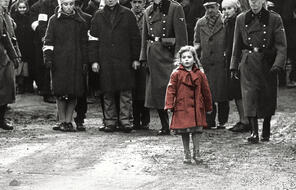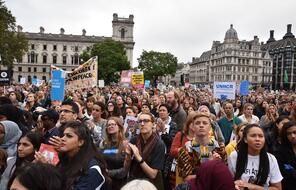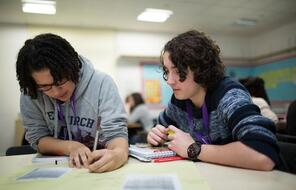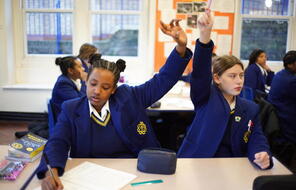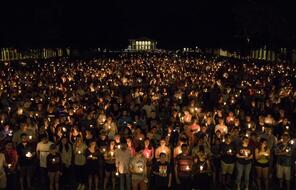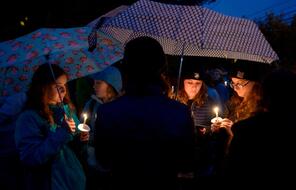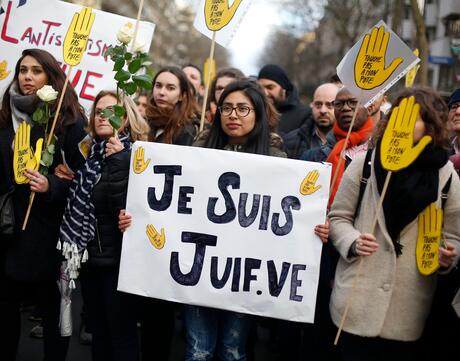
Rising Antisemitism and Fading Memories of the Holocaust
At a Glance
Language
English — USSubject
- Civics & Citizenship
- Social Studies
Grade
6–12- Antisemitism
Overview
About This Mini-Lesson
January 27, 2019, is International Holocaust Remembrance Day. This day marks 74 years since Auschwitz-Birkenau, the infamous Nazi killing center, was liberated by Allied forces. On this anniversary, the world commemorates the mass murder of six million European Jews—as well as millions of Roma, homosexuals, disabled persons, and political dissidents—at the hands of Nazi Germany.
Can official commemorations such as this help us to confront hate in the world today?
Almost three-quarters of a century has passed since the near decimation of Europe’s Jewish community. The Holocaust demonstrated to the world the abject evil that can follow the exploitation of deep-seeded hatred. Yet in recent years, two troubling, and possibly related, trends have emerged: knowledge and memory of the Holocaust is receding, as antisemitic and xenophobic violence is on the rise. Despite the international community’s post-war commitment to building institutions that combat antisemitism and promote peace and tolerance, recent studies suggest that the calls and commitment to “never forget” the horrors of the Holocaust may be fading.
This mini-lesson prompt students to assess their own knowledge about the Holocaust and antisemitism, analyze recent trends about each revealed by polling, and consider how understanding history can guide our efforts to bring about a more just world today.
Activities
Activities
Materials and Downloads
Resources from Other Organizations
Additional Resources
Unlimited Access to Learning. More Added Every Month.
Facing History & Ourselves is designed for educators who want to help students explore identity, think critically, grow emotionally, act ethically, and participate in civic life. It’s hard work, so we’ve developed some go-to professional learning opportunities to help you along the way.
Exploring ELA Text Selection with Julia Torres
On-Demand

Working for Justice, Equity and Civic Agency in Our Schools: A Conversation with Clint Smith
On-Demand

Centering Student Voices to Build Community and Agency
On-Demand


